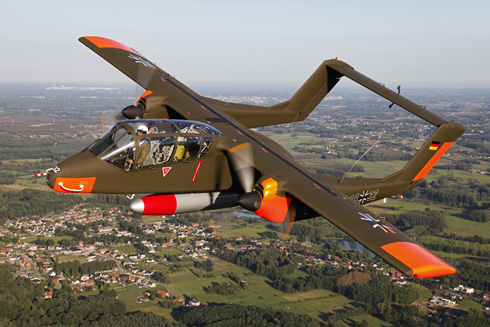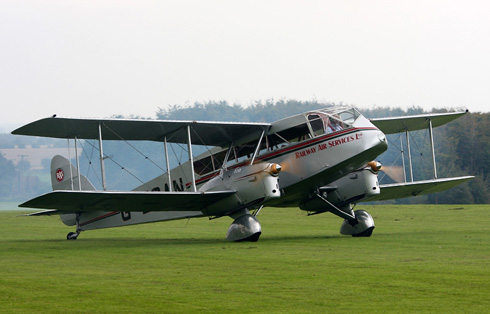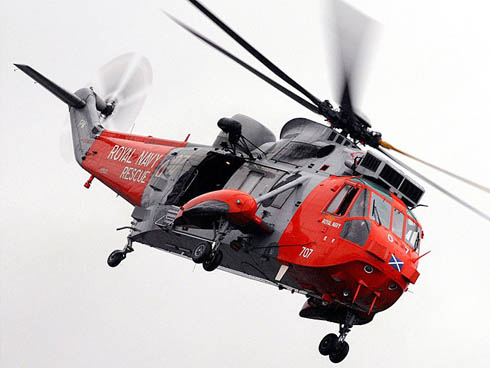Take a look at some of the fantastic images on the air display and on the ground activity that were taken of Scotland’s National Airshow in our Flickr Group and check back on the Airshow here for announcements of our 2015 show.
As I mentioned previously, airshows need a lot of people to make them work. As the Flying Display Director (FDD), I can’t hope to keep my eye on every single thing that’s happening and so I have a team to help me. Right at the top of the list is the Flying Control Committee (FCC). These are my flying and air display experts. Anybody can be a Display Director, but it takes a very experienced aviator to be a successful Control Committee member. I’m really lucky in my team – I have a previous boss of the Red Arrows and probably one of the most experienced test pilots in United Kingdom. I know that any advice and guidance that I get from them will be correct, timely and worth its weight in gold.
Their job primarily is to ensure that the display pilots are all suitably qualified, experienced and fly an accurate and above all safe display. It’s a bit like the race control committee at a Formula 1 Grand Prix: the director holds the reins but it’s the control committee that issues the yellow and red cards and dishes out any punishments.

As well as the FCC I have a small team of air traffic controllers, two experienced display controllers and examiners. Finally, I have a commentator: a key man if we are to make the display a success as he has to keep the audience informed and entertained at all times. Our commentator is a veteran of the Royal International Air Tattoo and the editor of several notable aviation magazines.
One of the peculiarities with running a display at National Museum of Flight is that we can’t use the airfield. At most flying displays the co-ordination problems begin and end with the aircraft in the display: when must one aircraft take off if it’s not to conflict with another aircraft’s display; and can I land any aircraft between individual displays to save time and ensure the programme runs smoothly. Not a simple task, but manageable.

Now put a major international airport into the equation. Not only must I now produce a display aircraft taxiing plan for the air traffic controllers, I must now de-conflict my aircraft movements with airliner movements. The airlines pay a large amount of money for smooth air traffic services and would not be pleased if I managed to make their aircraft late because it had to taxi the length of the airport behind a single-seat vintage biplane. So I spend time meeting and talking with the controllers at Edinburgh airport to make sure we have a plan that works.
[youtube=http://youtu.be/hiWX5BjtC9g&w=500&h=311]
With the plan in place I can now get my aircraft in to and out of Edinburgh airport, but they are still 20 miles away from the National Museum of Flight. A Hawker Hunter takes a lot less time to travel 20 miles than does a De Havilland Dragon, so how do we manage that? Simple: every aircraft flies from Edinburgh airport and enters a holding pattern a few miles away from National Museum of Flight. We can now call the aircraft in as we wish, knowing exactly how long it will take and happy that the next aircraft to display is already in the hold, ready to go.

What the spectator sees is a flawless display, with short gaps between items and a constant flow of spectacle and commentator information. The amount of planning and preparation, and the sheer professionalism of the Edinburgh airport and display air traffic controllers in making the display happen, should be completely indiscernible to the spectator.
Next week – What do you mean, you want a hotel room? Display pilots and their requirements.
